Dowry dowry in India in India
A study by the World Bank has found. Over the past few decades, dowry has been fairly stable in villages in India, but the practice continues at that time. Researchers studied 40,000 marriages in rural India from 1960 to 2008 and They have found that dowry was given in 95% of marriages, whereas
It has been declared illegal in India since 1961. Sometimes women are marginalized due to dowry, it is accompanied by domestic violence and sometimes even death. Taking and giving dowry is a centuries-old practice in South Asia. In which the relatives of the bride. Gives money, clothes, jewelry etc. to the family of the groom. The source is based in 17 states of India. Where 96% of India’s population lives, the focus has been on rural India, where the majority of India’s population lives.
Economists S Anukreethy, Nishith Prakash and Sungoh Kwon collected information on the value of gifts such as money and goods, which were given or received during the wedding. He has estimated the total dowry. For this, he remembered the groom given from above the bride’s family, the gifts given amount to the groom’s family. and the groom’s family. They found the difference between the amounts given to the bride’s family before 1975 and after 2000. Due to currency status, the average of the total dowry was remarkably stable. Surprisingly, the amount of guns given to the groom’s family was 7 times the amount given to the groom’s family, which means that the actual dowry was close to ₹ 27000. a large part is spent Rural in 2007. India had 14% of the total annual household income, says Dr Anukreethy, a cardiologist with the World Bank research group.
[su_note]The calculation of how big the dowry is can be known only from the individual mother of each family. We will need the data on domestic or bei but unfortunately purse we do not have any such data yet. Almost all marriages in India are monogamous. Know that marrying a woman leads to divorce in 1% less cases, parents have an important role in choosing a bride and groom Between 1960 and 2005 more than 90% percent.[/su_note]
The parents themselves Chosen spouses for children add more than 90 percent. Live with husband’s family. 85 percent. Hardik woman marries someone outside her village 78.3 percent Sadiya is in her own district. A lot has changed in India since 2008 but researchers say that there is no sign of any change in the principal pattern of dowry payment. it’s also. Christians and Sikhs have seen a tremendous increase in dowry. These features have increased skill methods compared to Hindus and Muslims in the last century by economists Gaurav Chiplun Karan and Jeffrey Weaver in a paper published in January.
[su_note note_color=”#d5b790″]Using data from more than 74000 marriages in India showed that the dowry system changed over time. How has it progressed? Researchers found marriages between 1930 and 1975. And payment of dowry! The average real value of dowry has increased by 3 times but the average dowry has declined since 1975. They estimated that the total amount of dowry payments in India from 1950 to 1999 was about a ₹25000 Crores[/su_note]
Read More – Religion And The State
[su_divider top=”no” divider_color=”#171212″ link_color=”#161010″ size=”2″ margin=”5″]
Dowry System in India
In India, nearly 8000 dowry-related deaths are reported in India every year.

The real number is probably higher since many cases go unreported. And violence is just one consequence of dowry. There are other consequences too. For example, sex-selective abortions and female infanticide i.e. when the family discovers the gender of the unborn child and decides to abort it if it’s a girl; or kill the girl child once it’s born. Researchers have found some evidence regarding it too. For example, In the 1980s, for example, there was a huge increase International gold prices.

Researchers have found that this increases the mortality rate for girls because parents probably raise a girl Financial burden due to dowry. In addition, dowry has a significant impact on a familys financial decisions. Because research has shown that the value of dowry is nearly equal to a households annual income. And the families with a girl child start saving more to fund her dowry. On the other hand, if they have a son, they will invest this money in the business. And Dowry cases are not limited to India. It was a common practice in Europe. In fact, Portugal had gifted Bombay to the British as part of the dowry of a royal wedding. Moreover, in 1962, a Greek Princess was being given a dowry for her marriage. But it is interesting to note that due to economic development, the incidence of dowry in Europe has decreased. But rather than decreasing in India, it increased. Look at this graph. In the 1930s, less than 40% of marriages in India witnessed a dowry. This figure rose to 90% in 2000.
This has been the subject of much debate among scholars, and we will discuss this in this article. Now you can ask:
Why is it important to know the reason for the increase in dowry in India?
It’s important because unless we know what is causing the increased adoption of dowry, how would we stop this practice?
[su_note note_color=”#e6d8e2″]There are so many theories that try to figure out the origins of the dowry system in India. A theory says that it is Emerged as the concept of Kanyadaan and Stree-Dhan,, where Hindu families donated something of their value Daughter. According to past traditions, a daughter had no share in her family property. In the absence Such legal rights, dowry was given to the girls as compensation. But today the meaning of dowry has changed.[/su_note]
In the past, it was offered to the daughters, now it’s being offered to her in-laws. Nowadays, dowry is more recognizable With the concept of “groom price” – where the amount of dowry payment is determined by the “market price of” This market value may depend on its type, education, salary package, or type of job. This “Groom Price” is diametrically opposite to the idea of “Bride Price“, where instead of the groom, the bride is paid. In the nineteenth century, bride prices were common in South India. Even today it continues in some parts of India like the Northeast. The bride price concept was mostly practiced by poor and lower caste families. Because the bride’s price was a kind of compensation.
The woman (bride) worked for her family. After her marriage, she could no longer work for her family, the bride’s pride was given to the family as compensation. And in India, lower caste women are more likely to work than upper caste women. Upper caste families value respect that does not allow their women to go out of the house for work. According to researchers, bride prices in India have not changed much, but dowry has increased significantly. As we saw from of above graph.
[su_note note_color=”#ece3df”]This is despite the fact that there have been many anti-dowry reformers in India. For example, Satya Rani Chadda, Who led several campaigns against dowry. There have been several reformers in our history. Such as King Rama Mohan Roy, who not only spoke against dowry, but also against the practice of sati, veil and caste System, and child marriage.[/su_note]
Why is The Dowry System Increasing in India Despite Economic Development?
There are several theories that explain this. But in this article, well focus on three theories.
- Sanskritisation
- Economic Development
- Groom quality
The first theory was developed by the famous Indian sociologist M.N. Srinivas. This is called the theory of culturalization. Inside Simply put, Sanskritization is the process by which lower caste people want to improve their condition Copies of upper caste customs. M.N. Srinivas suggested that dowry was mostly prevalent among the upper castes
The race and it spread among the lower castes because they wanted to improve their condition. However, Gaurav Chiplunkar and Jeffrey Weaver, showed from their paper that this theory cannot be explained by graphs
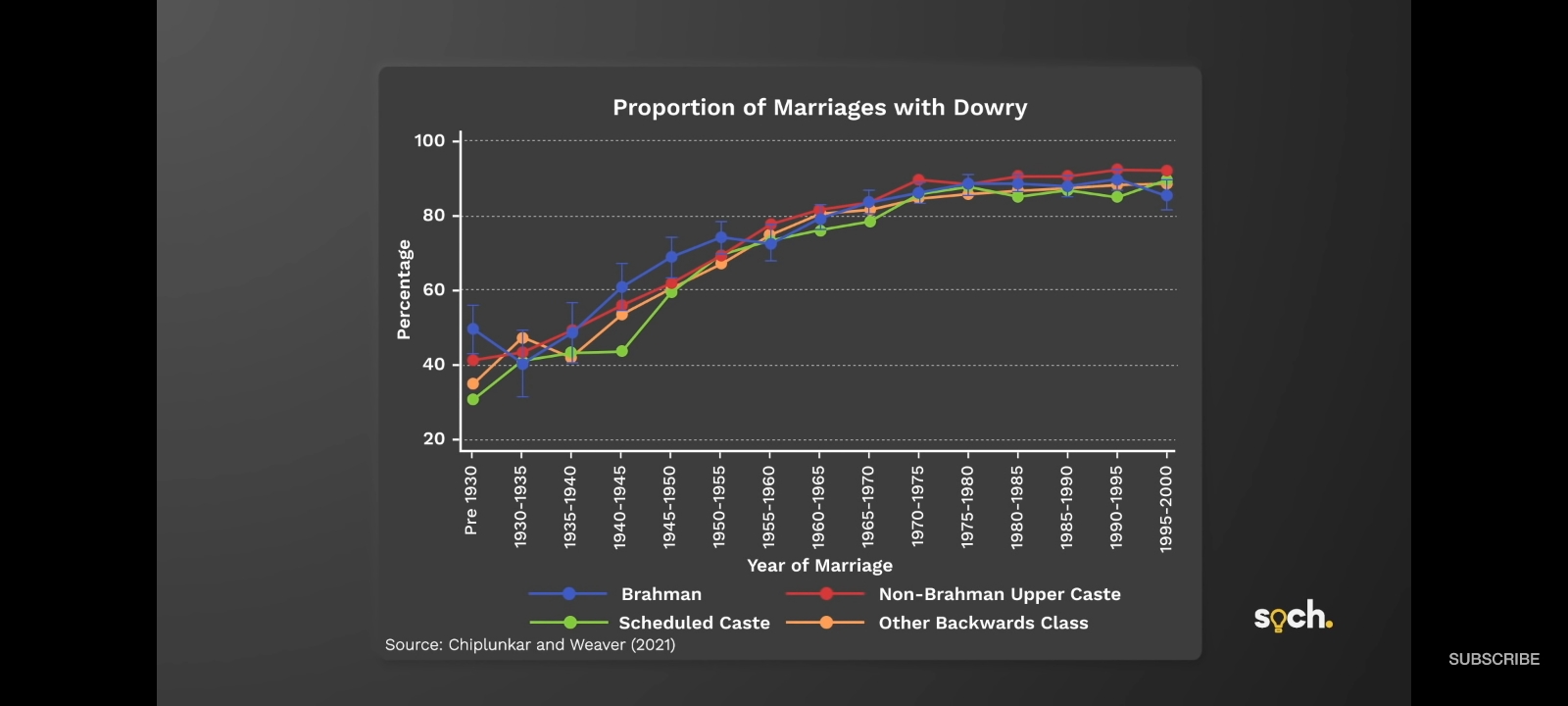
They compared dowry acceptance between four different caste groups. As you can see, all the graphs look the same. However, if M.N. Srinivas’ theory was true, we only saw the rise for the lower castes, not for the upper castes
Race The second theory is given by Sean Anderson, who suggests that economic development has led to growth.
Dowry acceptance in India, especially due to the tendency of Hindus society where women’s families prefer marrying them to someone of a higher caste. Finally, let’s try to understand Anderson’s argument in detail. Suppose there is
People of upper caste and lower caste. Anderson assumes that each groom chooses the bride who offers Maximum dowry. Before economic development, most of the wealth was concentrated in the hands of the upper castes. But due Development, lower caste people have also become rich.
What change did it bring?
Because now lower caste families also have money, their women can compete for marriage with upper caste women A man of high caste. More families have to pay dowry due to increased competition. Thats why theres a rise in the graph. This theory looks good on paper, but it also has some flaws. A family that Anderson assumes Likes to marry his wife to the upper caste groom. But studies have shown that families generally prefer intra entities Marriage. In fact, Abhijit Banerjee, Esther Duflo, and other economists suggested in their paper that a brides family has such a strong preference of marrying within their caste that they prefer a groom belonging to their caste with no education over a groom with a masters degree belonging outside their caste group.
Let’s talk about the third theory, which could explain this graph according to Chiplunker and Weaver. It’s called the groom quality theory. The theory is that over the years, the quality of the groom has improved. Therefore, the bride’s family is more Dowry must be paid. After India became independent, in the 1940s, 50s and 60s, there was significant investment In the case of education. And most of it was on men. As men began to get educated and got better jobs, theirs Market prices have risen. Thus, more families had to pay dowry. Theres a catch to this argument.
[su_note note_color=”#c4cea9″]This This will only happen if the value of the relative groom increases. This means that if women get educated along with men, there wont be much difference in the practice of dowry. Relativity matters here. Gaurav Chiplunkar asserts that increasing womens quality through education could be a solution to dowry. For our paper, primarily, we focused on male education. Because thats how the data set was structured. But reforms in women’s education after the 80’s And the 90s. This could be a possible solution to reduce dowry.[/su_note]
Why is that the case?
One reason could be that even as India has developed, and more women have been educated, it hasn’t meant that more women have started working too. Let me first clarify one thing. This does not mean that Indian women are not
They do most of the housework. But they aren’t involved in paid work. Compared to others In developing countries, the participation rate of women in the Indian labor force is very low.
participation rate of women in the Indian labor force is very low.
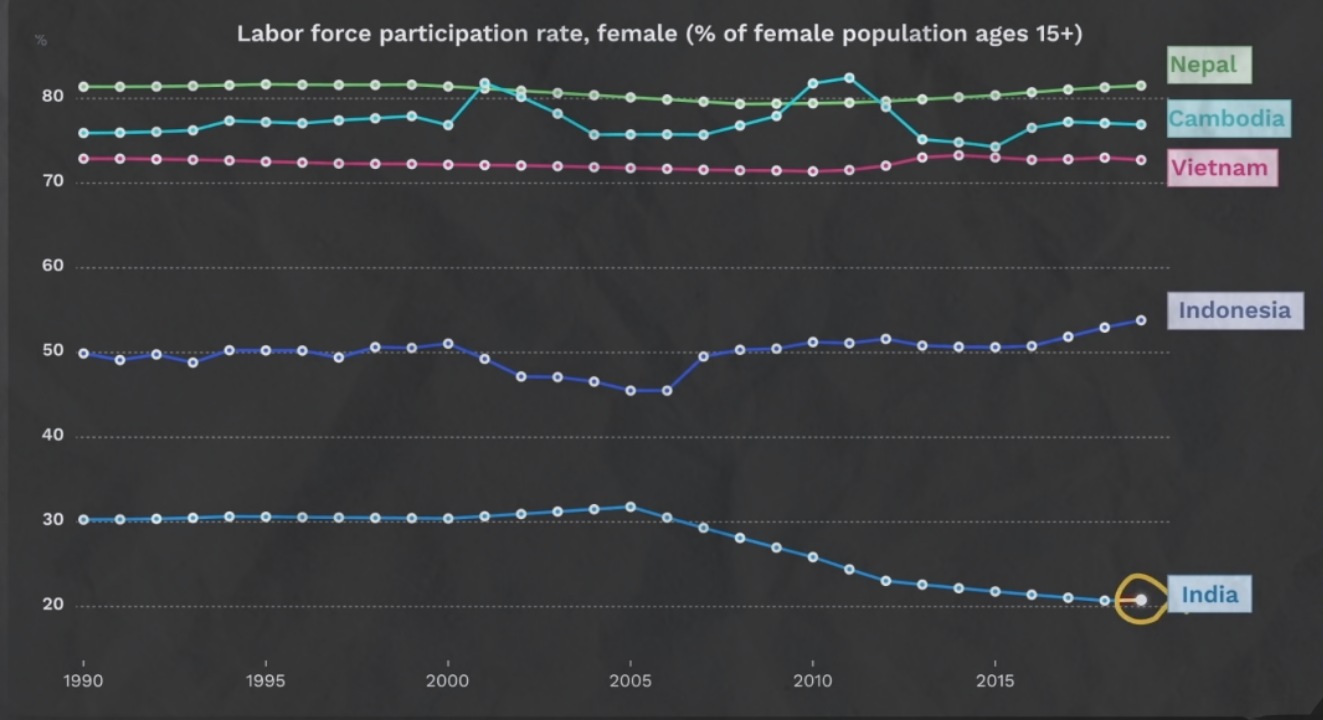
There are many reasons for this, one of which is that all household responsibilities fall on women. Thus, they cant get involved in paid work. For the According to the 2011 NSS report, about 60% of women say they do housework because no one else does Members are willing to do it. In addition, many in our society believe that a woman from a well-to-do family should not Work outside his home. It’s a dire problem. But this doesnt mean there are no solutions.
We need to be innovative in finding solutions. Because banning the practice of dowry wont make any difference. There are laws against dowry but they have rarely affected the dowry system.
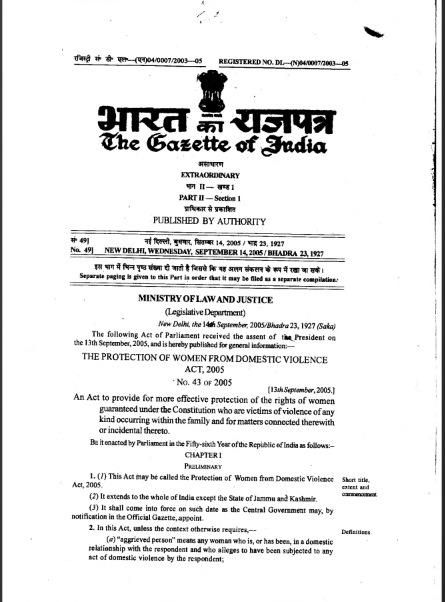
As we have discussed, the high relative quality of men has increased the practice of dowry. We need to reduce it Improving the quality of women. This means that we need to educate them and give them equal economic opportunities.
How do we do this? There are two ways. By promoting
- Rural Manufacturing
- improving transport infrastructure.
A survey has suggested that by building a permanent or makeshift road, womens participation in non-farm work can increase by nearly 50%. In addition to these, we also need to change the mentality of our society. And that’s important. Because if
[su_note note_color=”#cde4e1″]We try to stop the dowry system by sending criminals to jail, without changing the social norms, Women will be worse. One study found that women who paid dowry were more likely to talk at home later Marriage may be because their in-laws respect them. So if you only abolish dowry legally,[/su_note]
The position of women in their home may be worse. So, the government needs to change the mindset of the society. It is
This can be done with the help of an innovation-expansion structure. According to this structure, to bring about a change a Community, you need to change its main leaders first. So the government to change people’s attitude towards dowry
Key leaders need to be identified and educated about the disadvantages of dowry year after year, in the form of dowry Has changed, but its habits have become stronger. Earlier it took place in the open, now it’s taking place behind closed doors. So, the legal system and the society must unite to stop this evil practice.
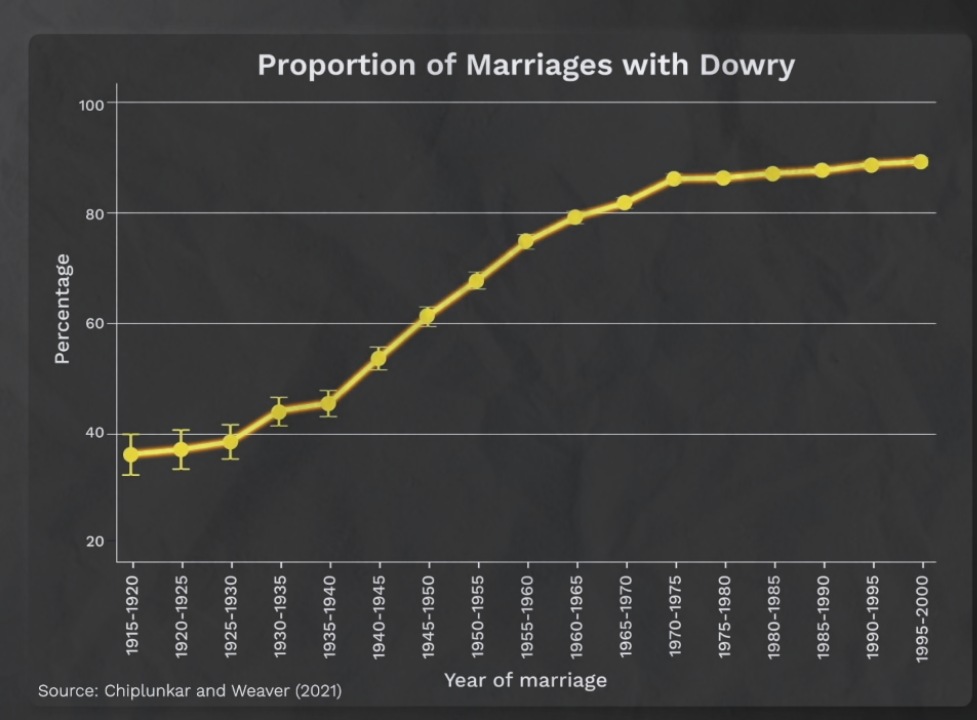


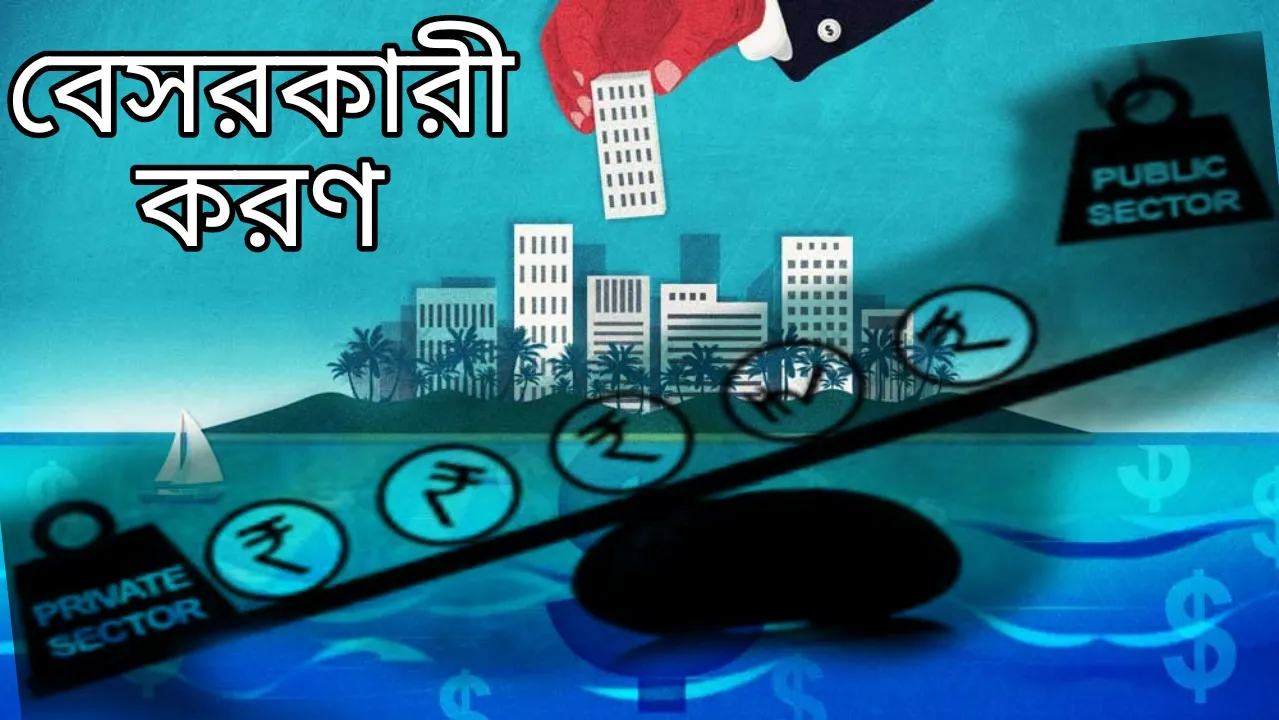
[…] যৌতুক […]
[…] যৌতুক […]